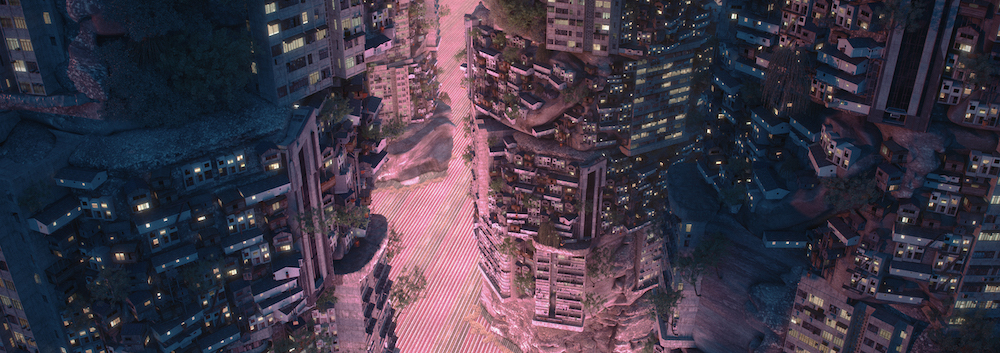Dystopian Planets of Liam Young
Liam Young's new film, The Great Endeavour, which is being shown in Venice for the 18th edition of the Architecture Biennale that has just opened its doors, is already causing a stir. A few minutes of a dark film, with dramatic geographies directed by this "speculative" architect, who is no stranger to the stage. Already in 2021, under the pen of Valérie de Saint-Do, AA interviewed him about Planet City, a film and a book that look like dystopian carnivals. Excerpt from our interview with this whistleblower, to be discovered in full in AA n°443 "USA", still available on our online shop.
Interview by Valérie de Saint-Do
The architectural fiction of this new technologies enthusiast, a research architect who expresses himself in videos, performances and books, proposes a world city, for the entire human population, where nature reclaims its rights over 98% of the earth’s crust. A futuristic dystopia echoing the very current dystopias that he has documented and filmed at length, from the Atacama desert to Chinese factory towns, in all the backgrounds and natural and human landscapes ravaged by our demands for materials and energy consumption. So, is Planet City a dystopia? Or a utopian answer, which in no way wants to be an unique answer to a planetary nightmare already present in the tainted corners that we refuse to look at? His extremist answer is a warning, not only about the ravages, but about the existence of solutions. And rather than the endless future city, it takes the form of a joyful carnivalesque and creolized chaos, as much in its construction as in its perpetual celebration.
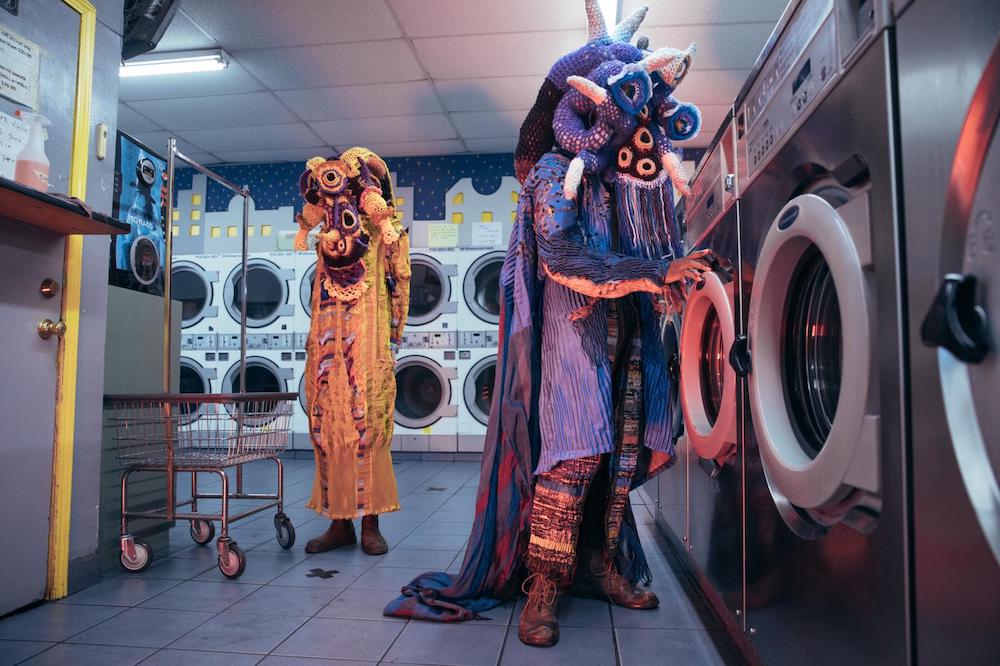
We wanted to ask you about architecture in America, especially in the context of Joe Biden’s election. But there is a paradox: you are not American1, you don’t build in the United States — and in fact, you claim that there is no point for an architect to build anymore. Do you still use the word “architect” to describe yourself?
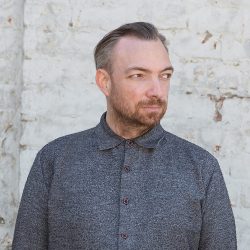
Liam Young : I call myself a speculative architect. I believe that architecture is the art of constructing stories in space and with space. I construct my stories with films, performances, videogames or virtual reality experience. Actually, most architects are making films, telling stories; they are politicians, community activists, writers, teachers, artists. So if we continue to define the profession by those who literally construct buildings we are going to be marginalised and ineffectual.
The reason I went away from traditional architecture was because the forces that really define our urban experiences were no longer public squares and buildings, they became mobile technologies, access to the networks, system of AI governments, surveillance networks. So, in the context of architecture in America, the type of architecture that I watch is not people that make buildings, but the architecture which appears in Hollywood blockbusters. I’m a massive follower of science fiction, because in many ways, the source of imaginary architecture and cities that we see in science fiction films are our products of culture, but at the same time they produce culture. Lots of the design we see in films or videogames influences generations of architects and designers around the world making physical buildings.
You are speaking of fiction and storytelling. But documentaries also play an important part in your work.
I run two studios, a documentary studio called Unknown Fields, and one that is a more speculative fictitious studio based on my own practice with the think tank Tomorrows Thoughts Today which I founded. But I don’t see those two projects as being separate. All of our speculative work begins in documentary, with a deep engagement of the present moment. Unknown Fields is reminiscent of this overused quote by the science fiction author William Gibson: “the future is already here; it is just not evenly distributed”. Unknown Fields takes this literally: we are looking for the weak signals of possible futures, and speak to the people who have been working underground and capture their stories.
There is a video form Unknown Fields called The Breastmilk of The Volcano; we began that project when Elon Musk launched the Tesla Powerwall: a vision of the future, a green energy future powered by his Tesla batteries where every home would be independent, running a Tesla battery in the garage, powered by Tesla Solar Tiles on the roof. He only gave very passing mentions of where the lithium required to produce his batteries would come from. So Unknown Fields asked, “What is the landscape behind the scene?” So we flew to the lithium triangle — Bolivia, Chile and Argentina — the sites which contain almost the entire supply of the world’s lithium and spoke to people working there. In my own work, in the film Planet City, I take these green energy technologies, and I project them in a different potential future scenario.
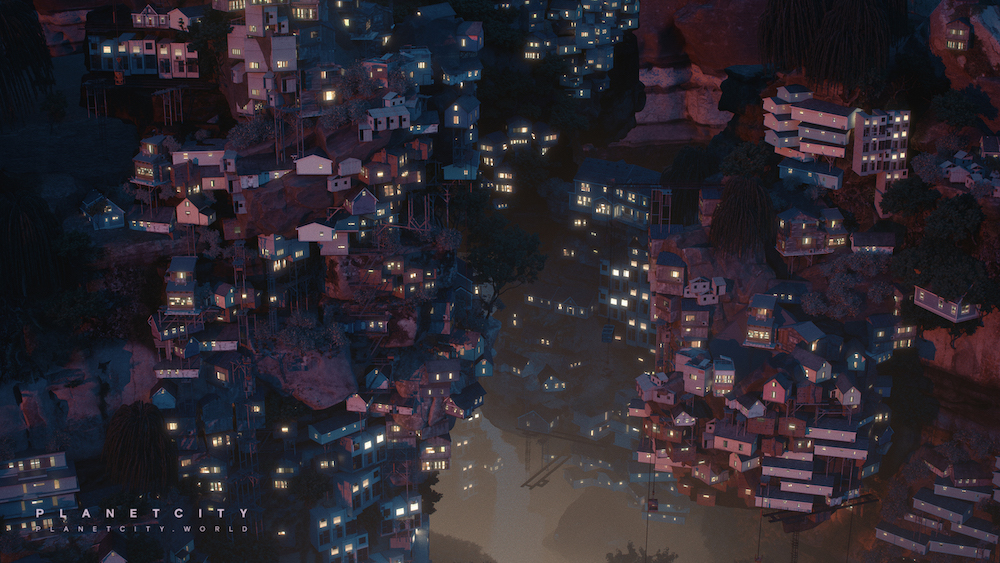
Where does the idea of Planet City comes from?
Planet City is a fiction about a single city for the entire population of the Earth that is powered entirely by renewable energy systems, and an entirely close loop ecology. Everything the city requires is produced on the footprint of the city. Everything the city produces is recycled. Why we developed the project was that we consulted and developed what I call a city council, with an advisory board with a good number of scientists and technologists. Although it is widely speculative, there is no new technology in Planet City. Climate change and the environmental impact of cities is not a technological problem. The solutions in most cases are already here: they just lack the critical will or the cultural investment required to extend them on a planet scale. The force of lobbies who have governments in their pockets make economic barriers to that shift. Planet City removes theses barriers.
One of the consultants we met for the project was a microbiologist who used to develop the close loop system for housing. Basically, we were taking his system for taking food waste, recycling, using insects and producing fishfood, and talking about the scalability of the systems. If it can work for a small community, can it work for ten billion people? And he said: “Yes, it is a modular system”. You get scale by introducing more modules. We did a research trip to Dubaï to visit what will be the walls in the tallest vertical farm in Dubaï, supported by Emirates Airlines, partly to support the Emirates business class fleet with fresh lettuce but also because they imagine a big expenditure in cultivating lettuces in the desert or importing them. So they experiment with very efficient vertical methods of growing systems that you can align with a power station.
Planet City is not a fantasy, it could work. I’m not opposing it as a solution, and there is absolutely nothing stopping it from working at the scale of Paris or Los Angeles. The only thing standing in our way is political will and cultural understanding.
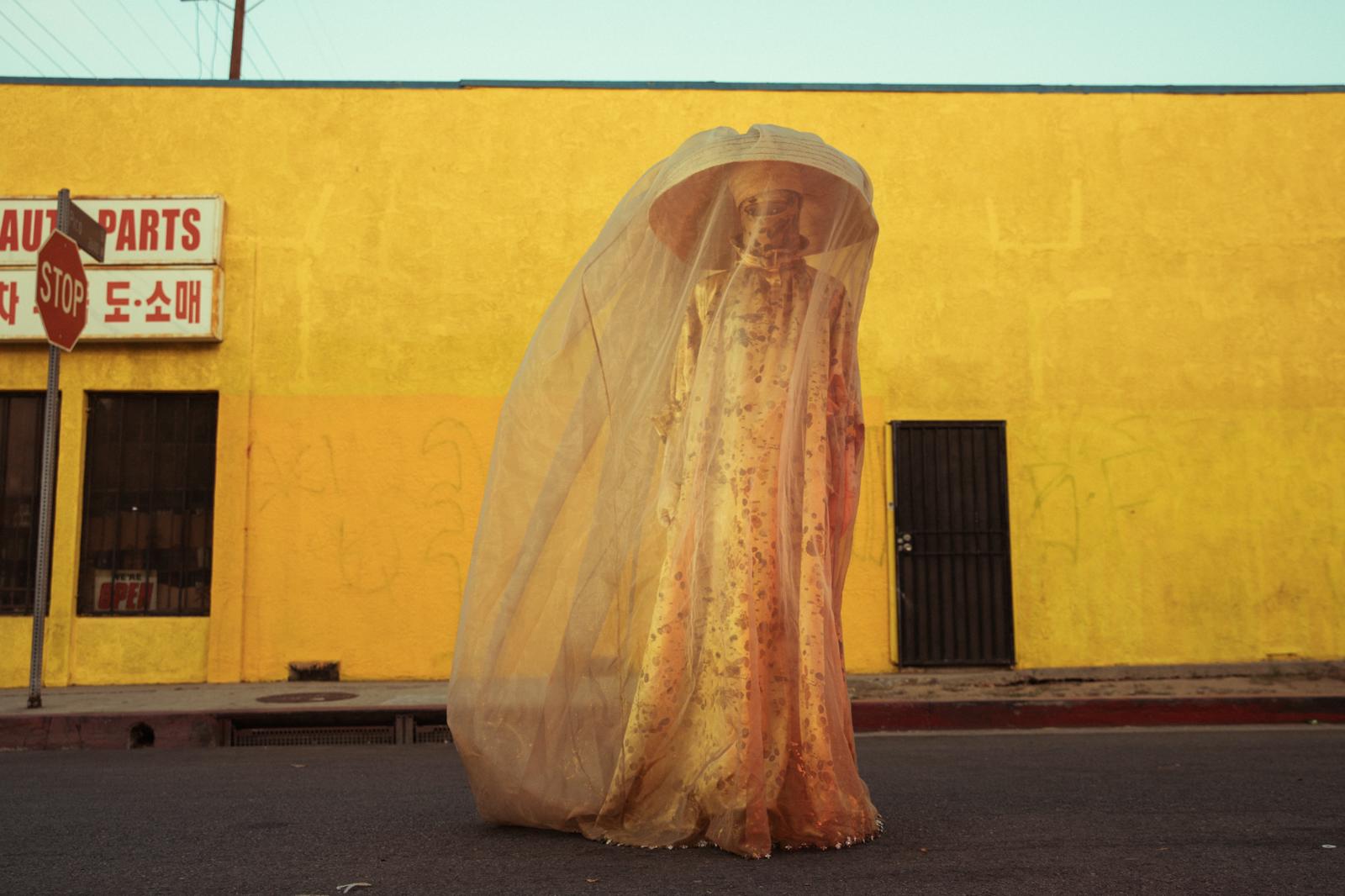
When did you launch the project? Indeed, following the pandemic, a more common dream here is the exact opposite of a “Planet city”, more like a “little house on the prairie”, with a return to a (perhaps imaginary) rural life.
Obviouly the narrative evolved. As in 2020 we started to live out a live action dystopian film, the necessity to tell a different kind of narrative became real. So Planet City became not a cautionary dystopia but rather an aspiration and a hopeful vision of the way we might be able to live together in the future, in a form which will support and sustain human life on this planet.
We have always been afraid of density. Every science fiction dystopia maintains this outdated and false notion that density is dirty, congested, undesirable. Ironically, the pandemic resulted from the countryside coming into the city. At the same time, the alternative is just a fantasy. Even in the experiences of people retreating to their hills, they still rely on Amazon delivery, and massive scale data centres. The idea of living in our little house in the countryside, growing our vegetables and tomatoes in the back garden, is the most inscalable fiction. It cannot work. If it does, we need to drastically downsize the entire population, at genocide levels! Also, there would be literally no nature anymore. The countryside as we understand it isn’t nature. It’s entirely constructed.
The irony of Planet City is that we are already living in a planetary scale city. Every inch of the planet is produced by the city or produces the city. What Planet City does is to show that this model of organising the world based on our own desires — for a view, for our own house with our own pocket of land — was never sustainable, never practical, that time is been and gone. If we want to sustain human life on this planet we need to jettison these notions and reimagine our lives on it. Planet City is one vision of that, not a vision that I’m trying to enact, but it prototypes some of the necessary lifestyle changes that might be required.
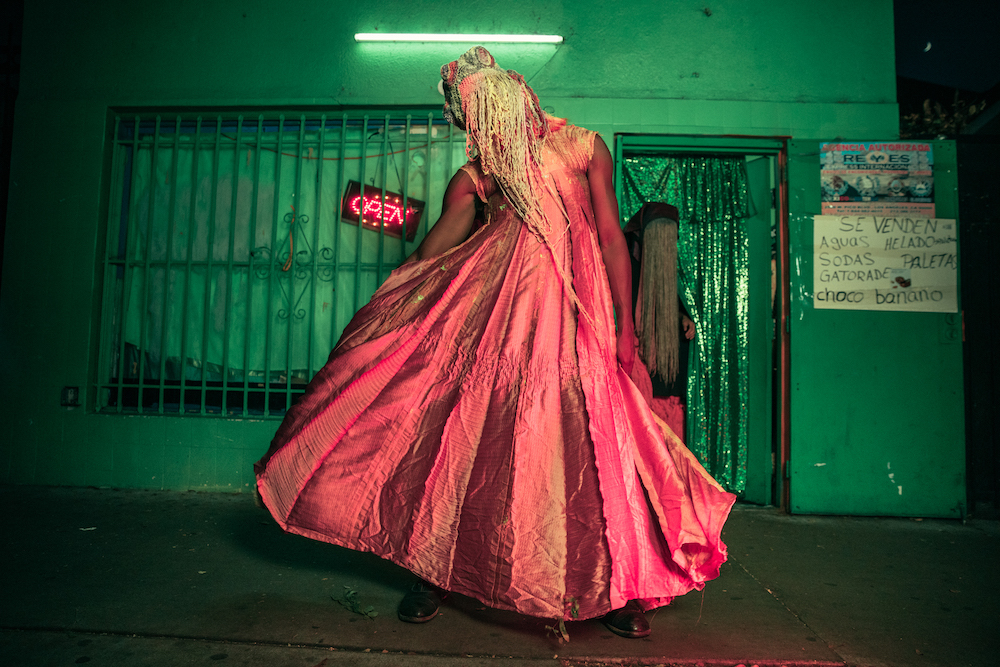
Does it mean that humanity has to live completely apart from the other living species? Planet City opposed to the wilderness?
Historically, our colonial pratices were very good at drawing a line around a piece of landscape for the purposes of extraction. What Planet City does is drawing a line around landscape and saying: “This is an area that we will leave alone and allow to recover”. Just like a national park the size of 99.8% of the planet! One of the starting points of Planet City was a proposal by the biologist Edward O Wilson: The Half Earth. In Half Earth2, Wilson argues that we can maintain some degrees of human life on this earth if we restrict human development to 50% of the planet, allowing the other 50% to return to nature. As an architect, I’m interested in the 50% of the Earth where we’re going to live. If we suscribe to the idea that we already live in a planet scale city, 50% requires a huge consolidation, retreat and degrowth. That’s where Planet City starts, really.
During the process, we looked at one of the densest cities in the world, Manilla. If you build a city for 7bn people at the density of Manilla, it is not 50% of the planet but about the size of a US state, 0.2% of the planet’s surface. Planet City takes Wilson’s experiment and projects it to its most extreme to see how it could work. It is not about separating us from nature; Planet City is filled with ecology. But we do tread lightly on the landscape that exists around it.
The interview can be found in full in our article "Planet City, Dystopia is Already Here", published in AA n°443 "USA", still available on our online shop.

